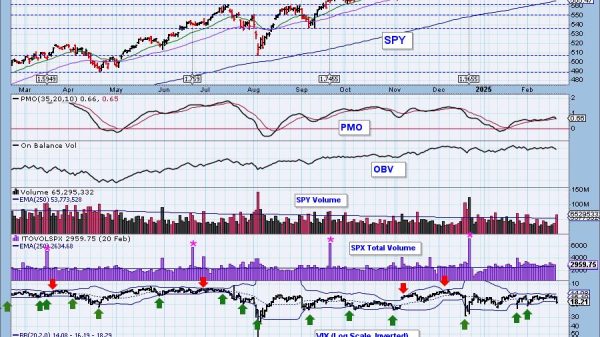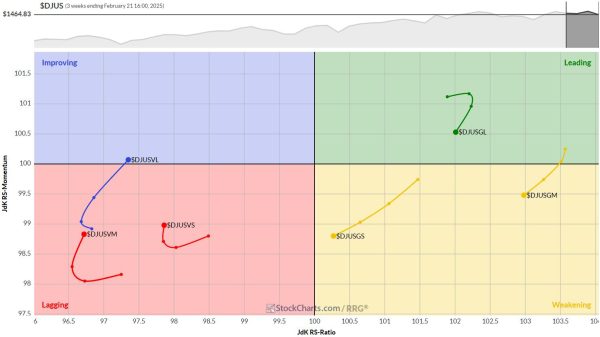Winning a contract through an RFP can be a game-changer for any business. It represents an opportunity to secure new business and grow your company’s reputation.
However, the competition is fierce, and the RFP response process is intricate, demanding not just a thorough understanding of the client’s needs but also the ability to showcase your company’s strengths compellingly. In this article, we’ll navigate the essentials of creating a successful RFP response that stands out to reviewers.
Strategies for Analyzing an RFP to Identify Key Compliance and Selection Criteria
Before penning a response, a strategic analysis of the RFP can dramatically improve your chances of success. First, break down the selection criteria to align your proposal with the issuer’s priorities. Compliance criteria are the non-negotiables, the must-haves that you need to meet for your proposal to be considered. Thoroughly cross-check your response against these baseline requirements.
Beyond compliance, selection criteria often revolve around quality, cost, and experience. Tailor your response to illuminate how your services meet these criteria, citing evidence of past success and capabilities. However, resist the temptation to oversell. Authenticity and substantive promises are more credible than hyperbolic claims.
It’s also advisable to develop a nuanced understanding of the RFP issuer’s company culture and values. Integrating this understanding into your proposal can show an alignment of values and ethos, adding a layer of appeal to your submission. Highlight how your company culture complements the client’s, creating a compelling case for partnership.
Effective Techniques for Highlighting Your Company’s Strengths in a Response
Articulating your company’s strengths in a proposal requires more than listing capabilities; it calls for a strategic emphasis on how these strengths directly translate into benefits for the client. Begin by connecting your company’s unique selling proposition (USP) to the specific needs or pain points highlighted in the RFP. Detailing how you can address these concerns through your strengths will add tangible value to your proposal.
Furthermore, substantiate your claims with data, case studies, and customer testimonials. These pieces of evidence corroborate your assertions and demonstrate a proven track record. Ensure that the examples you provide are relevant and that they resonate with the outlined requirements of the RFP.
Consider the format and presentation of your response as well. A well-designed document that is easy to navigate enhances readability, and strategically placed visuals can underscore key points. Paying careful attention to the aesthetics of your proposal supports the professionalism that you want to convey.
The Role of Persuasive Writing and Data in Crafting a Competitive RFP Reply
Persuasive writing is at the heart of a successful RFP response. The goal is to convince the issuer that your company is the most suitable choice. To achieve this, combine a persuasive tone with concrete data that reinforces your argument. Crafting a narrative that is compelling and supported by facts can significantly increase your proposal’s impact.
Key to persuasive writing is the ability to convey complex ideas simply and clearly. Avoid industry jargon that might confuse the reader, and instead, use plain language that articulates your points succinctly. The clarity of your response can highlight your company’s expertise and professionalism.
Data speaks volumes when it comes to supporting claims about your company’s capabilities. Quantifiable achievements allow evaluators to grasp the real-world impact of your services. Use metrics, growth figures, client retention rates, or any other measurable success indicators to provide objective proof of your company’s effectiveness.
Streamlining the RFP Response Process With Collaborative Tools and Project Management Practices
Tackling an RFP is seldom a one-person job; it typically involves a cross-functional team. Deploying collaborative tools helps to coordinate efforts, consolidate information, and streamline communication. For example, shared document platforms allow team members to contribute simultaneously and track changes effectively throughout the RFP response process.
Applying solid project management practices is also critical to ensure that your response is timely and cohesive. Establish a project lead, create an RFP response timeline, and set internal deadlines for each section of the proposal. Frequent check-ins can help maintain momentum and alignment, ensuring that the proposals adhere to the strategic direction set out initially.
Overall, the delicate art of drafting a winning RFP reply lies in meticulously dissecting the RFP, developing a persuasive narrative that aligns with client goals, and leveraging collaborative tools for efficiency. By systematically building a proposal that resonates on multiple levels, from compliance to emotional connection, your company can significantly improve its odds of clinching the deal and expanding its horizons.
Read more:
A Comprehensive Guide to Crafting a Winning Request for Proposal (RFP) Response























